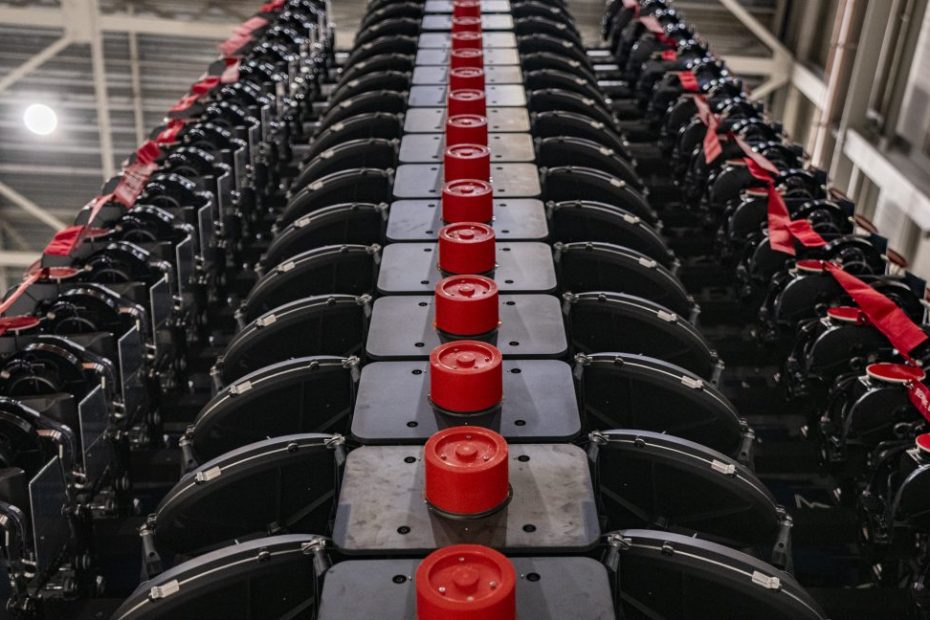
Eliminating cellular dead zones
Starlink says it will offer text messaging services this year, as well as voice and data services in 2025. Starlink does not yet have FCC approval to exceed certain emissions limits, which the company says will harm real-time voice and video communications.
The operations approved yesterday require Starlink to coordinate with other spectrum users and cease transmissions when harmful interference is detected. “We hope to activate the beta service for US employees soon,” wrote Ben Longmier, SpaceX's Senior Director of Satellite Engineering.
Longmier made a pitch to mobile carriers. “Any telco that signs up with Starlink Direct to Cell can completely eliminate dead zones for text and data services for the entire country. This includes coastal waters and the ocean areas in between for island nations,” he wrote.
Starlink launched its first satellites with cellular capabilities in January 2024. “Of the more than 2,600 Gen2 Starlink satellites in low Earth orbit, approximately 320 are equipped with a direct-to-smartphone payload, sufficient to enable SMS services that SpaceX said it could deliver. launch this year,” SpaceNews wrote yesterday.
Yesterday's FCC order also allows Starlink to operate up to 7,500 second-generation satellites at altitudes between 340 km and 360 km, in addition to previously approved altitudes between 525 km and 535 km. SpaceX is seeking approval for an additional 22,488 satellites, but the FCC continued to delay action on that request. The FCC order stated:
Permission to allow SpaceX to operate up to 7,500 Gen2 satellites in lower-altitude shells will allow SpaceX to begin providing lower-latency satellite services to support growing demand in rural and remote areas where terrestrial wireless service options are lacking. This partial grant also strikes the right balance between allowing SpaceX's operations at lower altitudes to provide low-latency satellite services and allowing the Commission to continue to monitor SpaceX's constellation and evaluate issues that have been mentioned previously.
Coordination with NASA
SpaceX must work “with NASA to ensure the protection of the International Space Station (ISS), visiting vehicles from the ISS, and launch windows for NASA science missions,” the FCC said. “SpaceX may only deploy the total number of satellites and operate at altitudes below 400 km for which it has completed physical coordination with NASA under the parties' Space Act Agreement.”

